LEDs Have Been Around Since the 1960s
LEDs are common in homes and businesses, and consumers mistakenly believe the bulbs are relatively new on the market. Did you know LEDs have been around since 1963? However, it’s only recently that the bulbs come at an affordable price and are readily available on store shelves.
LEDs are the invention of Nick Holonyak Jr.
Long Life Span
LED bulbs last for years, and sometimes decades, depending on usage. With normal use, meaning the lights aren’t on 24/7, an LED bulb can last for over twenty years. Imagine the money you are saving on replacement bulbs.
Click here to learn more about LED Lifespan.
What LED Stands For
LED is the acronym for light-emitting diodes. The bulb uses diodes to produce light.
Times Square, New Year’s EVE, and LEDs
At midnight eastern standard time, the world-famous ball drops down in Time Square. Comprised of thousands of glittering crystals, the ball also uses LED lights. There are around 32,256 LED lights illuminating the ball.
Boost Productivity with LED Lighting
Replacing incandescent lights with LED bulbs can help boost productivity at work. LEDs allow you to choose or adjust the light’s color to reduce eye strain and increase employees’ energy levels.
Click here to read LED vs. Incandescent.
LEDs Started Replacing Incandescent Bulbs in 1987
While LEDs are replacing less energy-efficient lighting in several places including medical facilities, homes, and offices, it’s not the first time.
In 1987, LEDs began replacing incandescent lights in traffic signals and vehicle brake lights.
LEDs are Energy Efficient
Unlike incandescent bulbs that emit around 90 percent of the energy generated as heat, LEDs waste very little energy. Most of the energy from an LED is released as light, keeping the bulb cool.
LEDs are Eco-friendly
LED bulbs are mercury-free, meaning most of the fixture is recyclable, up to 95%.
Financial Savings
A surprising fact, if Americans switched to LEDs to light up their Christmas decorations the total savings for the country comes to around $17 billion.
You can also string multiple strands of LEDs together without worrying about blowing a fuse!
LEDs Can Limit Bacteria Growth at Grocery Stores
Using LEDs to illuminate fresh food displays can help limit bacteria growth, unlike fluorescents and halogen bulbs.
LEDs are Less Prone to External Damage
Dropping an LED bulb often doesn’t result in any external damage, unlike some other types of lighting fixtures. When an incandescent bulb hits the floor, broken glass is the common result. If it’s a CFL bulb, not only is there broken glass but also mercury to clean up.
Since mercury is a hazardous substance, you have to follow a specific decontamination process.
The Eiffel Tower Uses LEDs
When you think of Paris, France certain landmarks come to mind. The Louvre is one, along with the Eiffel Tower. Illuminating the Eiffel Tower at night are 5 billion tiny LED lights, making it an impressive lighting design.
LED Lighting with Action Services Group
We hope you learned a few new fun facts about LEDs today. From the Eiffel Tower to the New Years Eve ball drop, LED lighting is a major part of our every day lives. If your organization is considering and LED retrofit our lighting specialists are available to answer any and all of your LED lighting questions.
Call 610-558-9773, email [email protected], or you can schedule a call by clicking the button below.

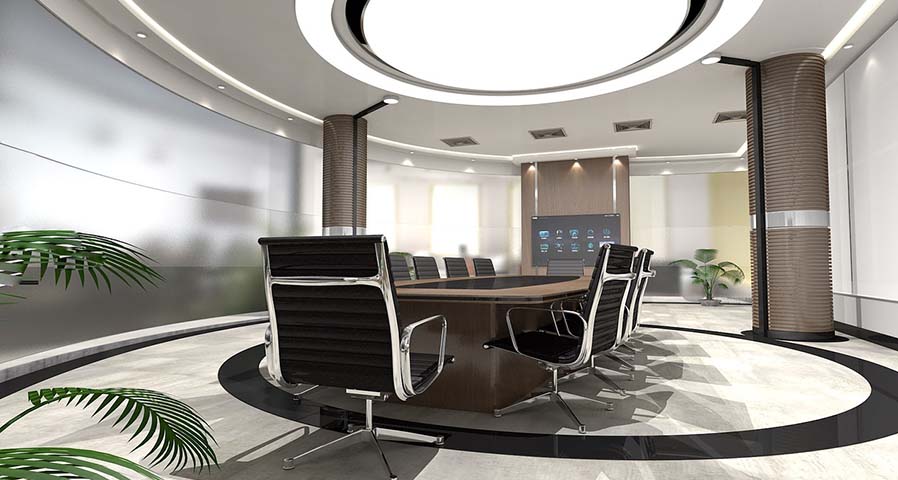
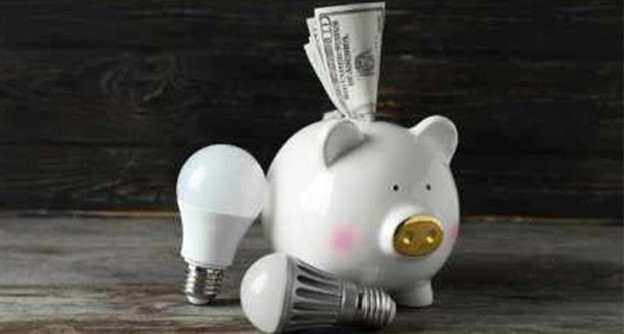
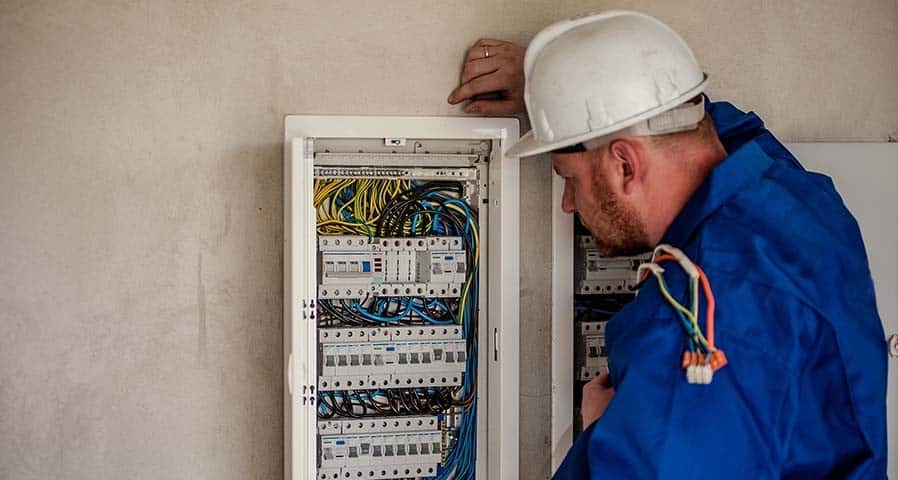
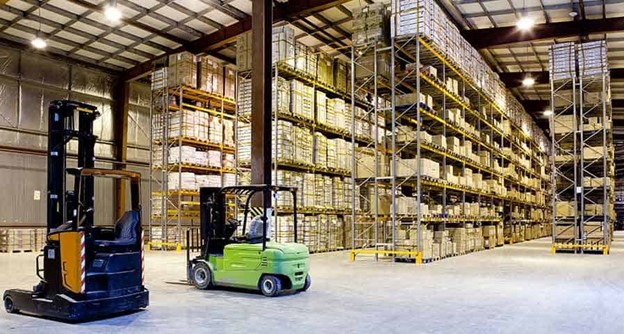
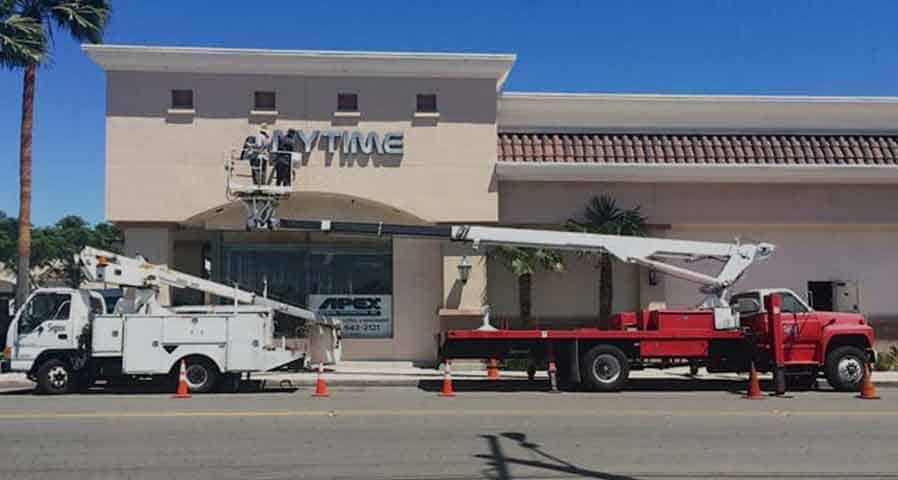
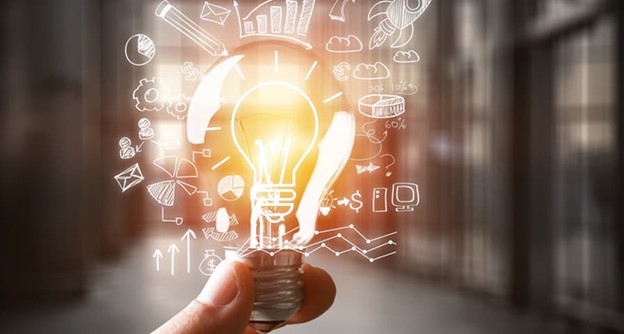
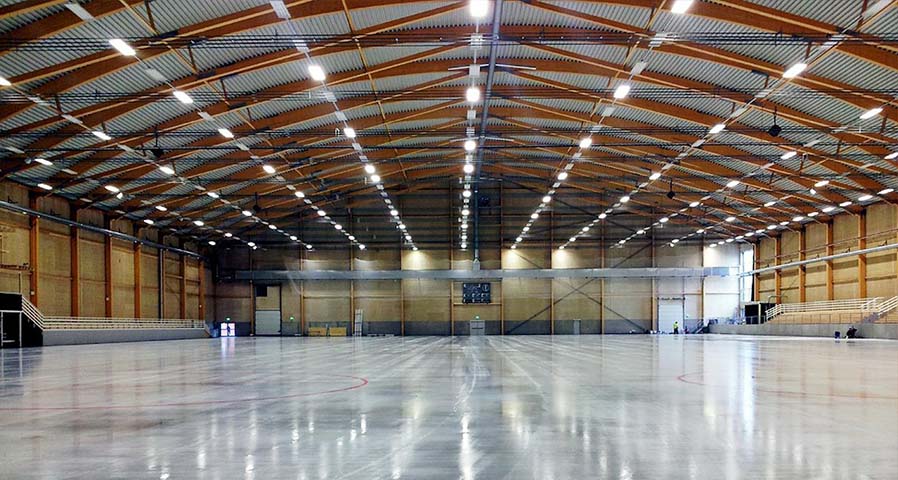
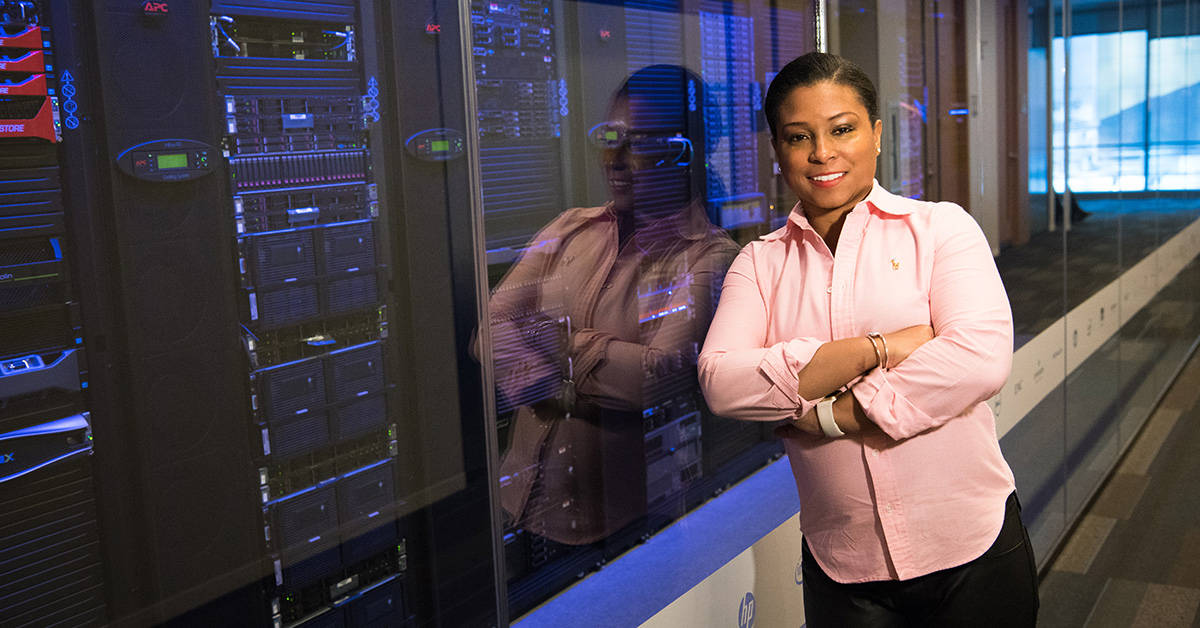


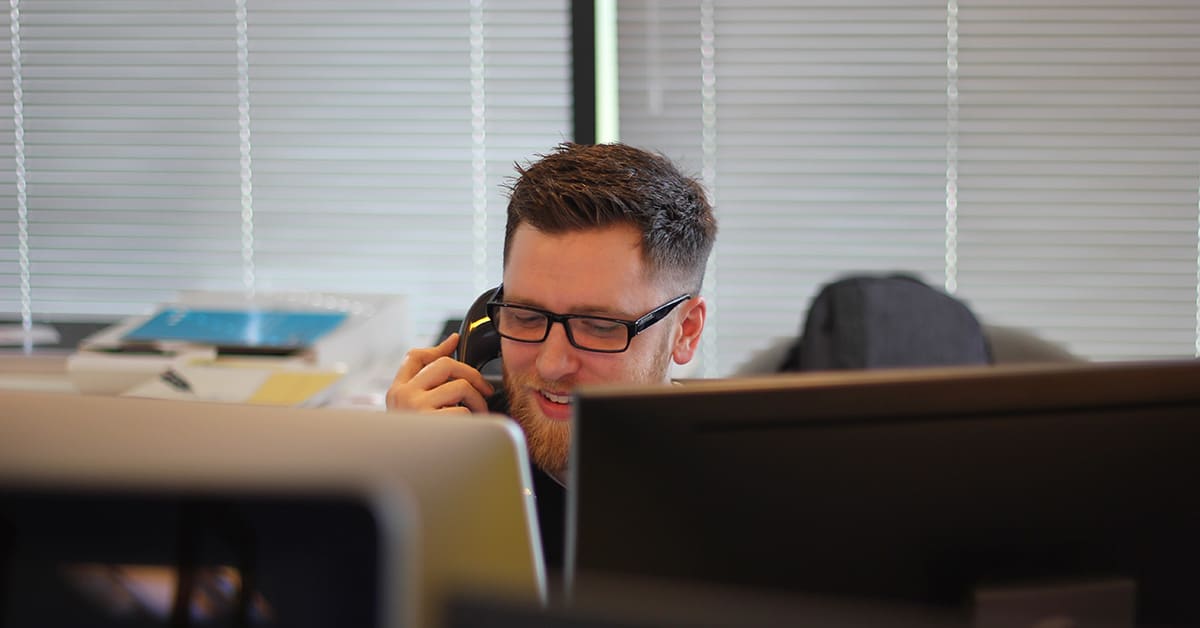
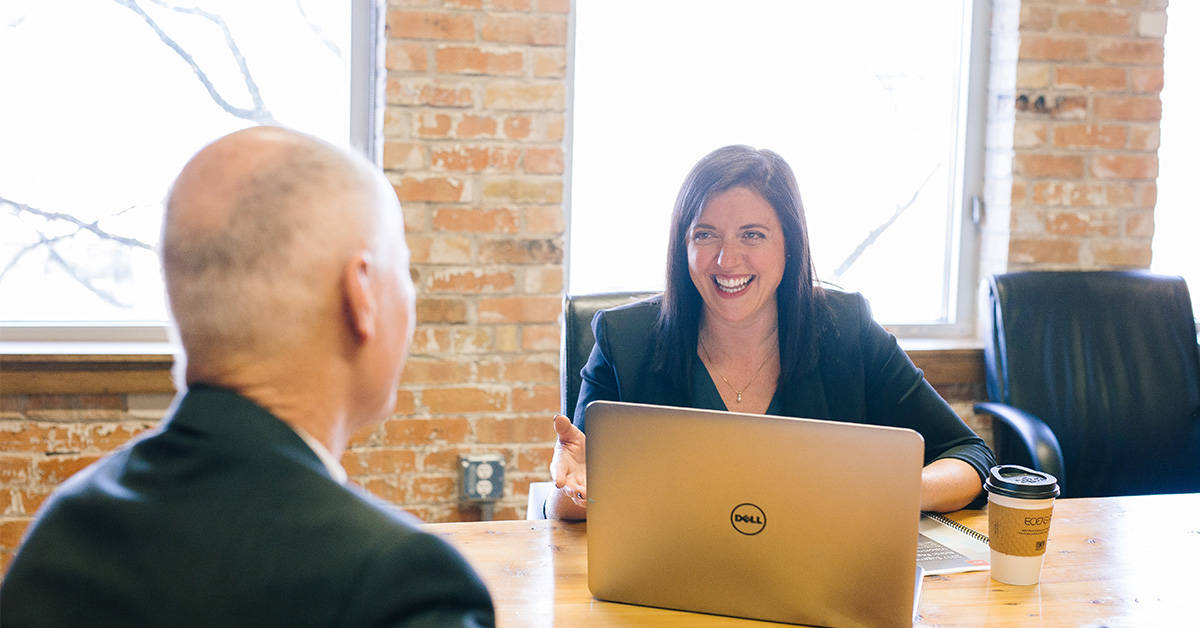
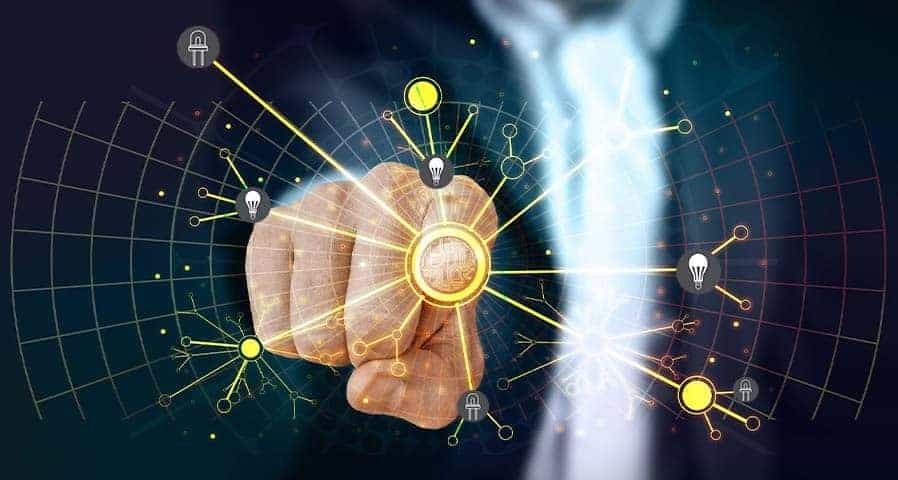
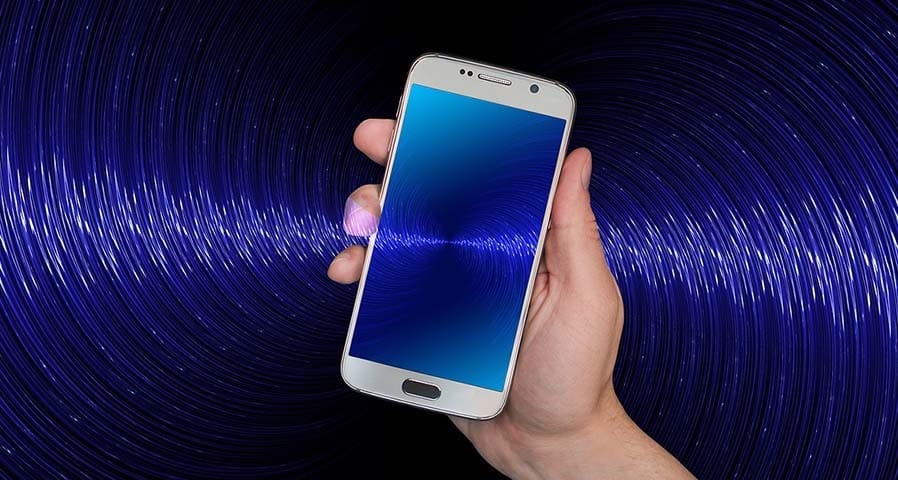
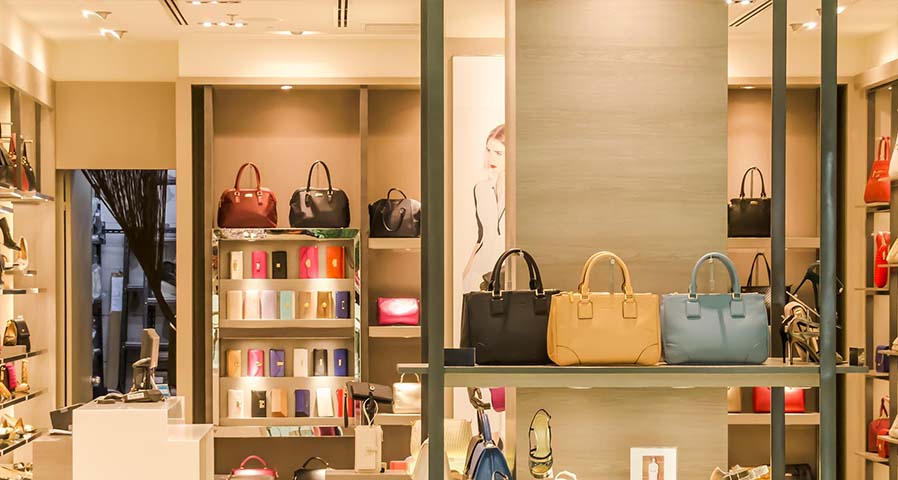
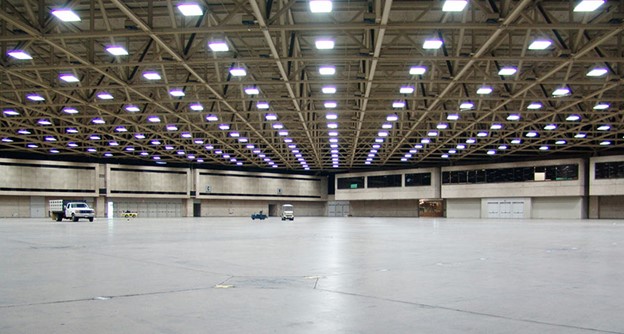
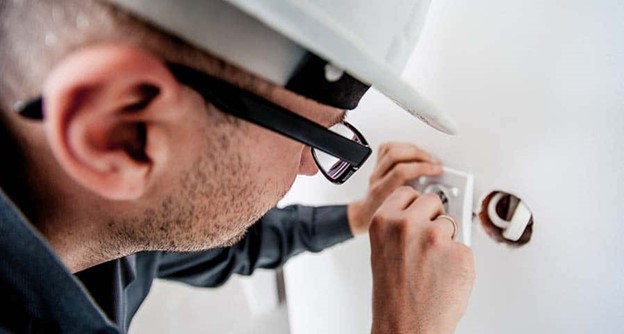
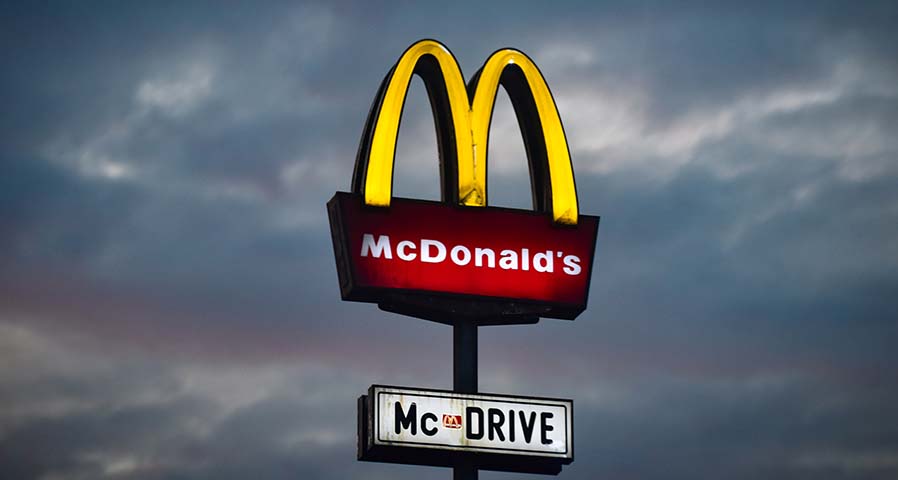
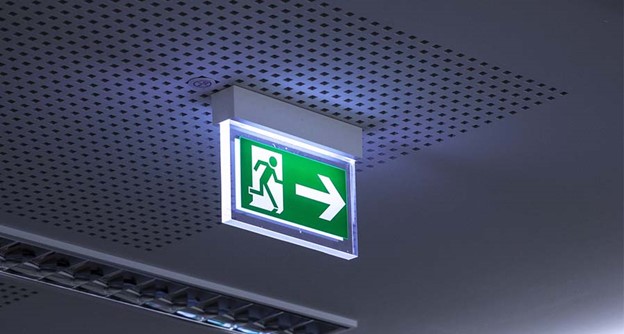
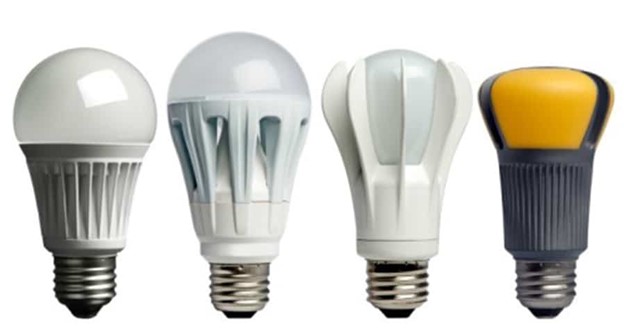
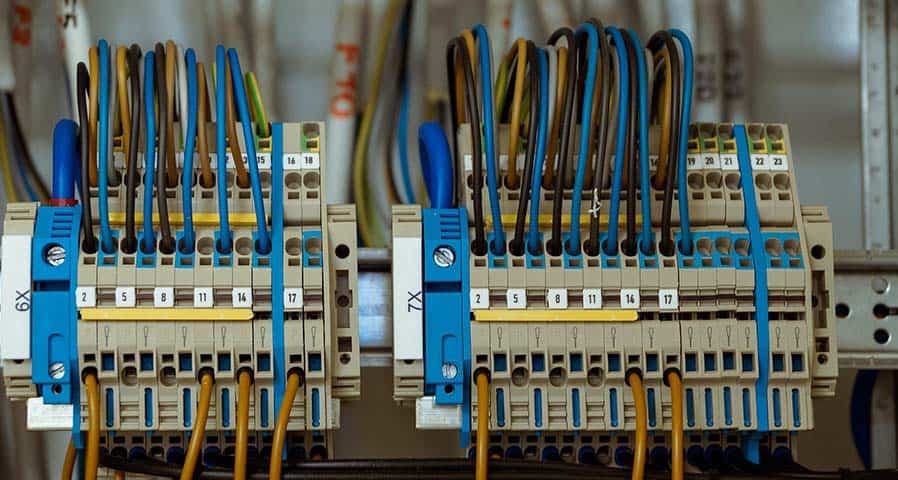
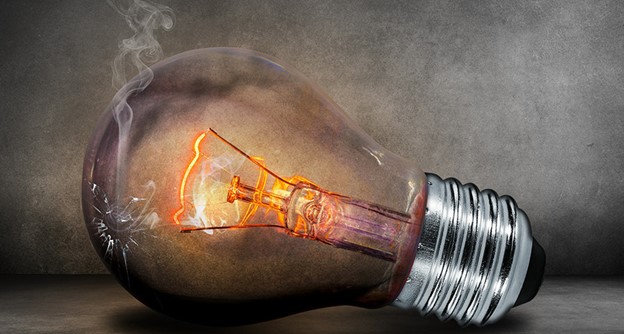
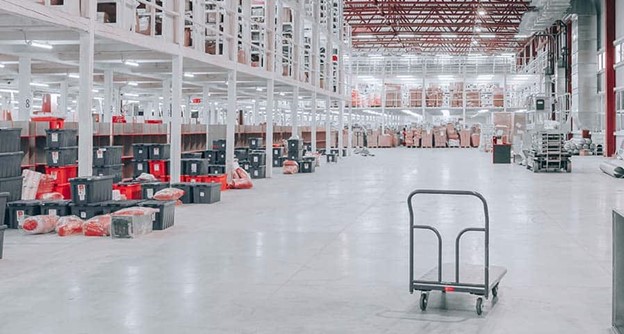
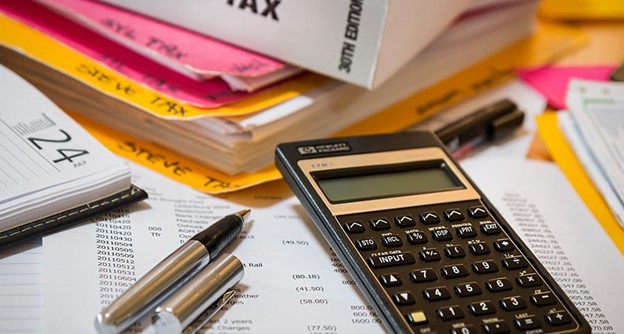
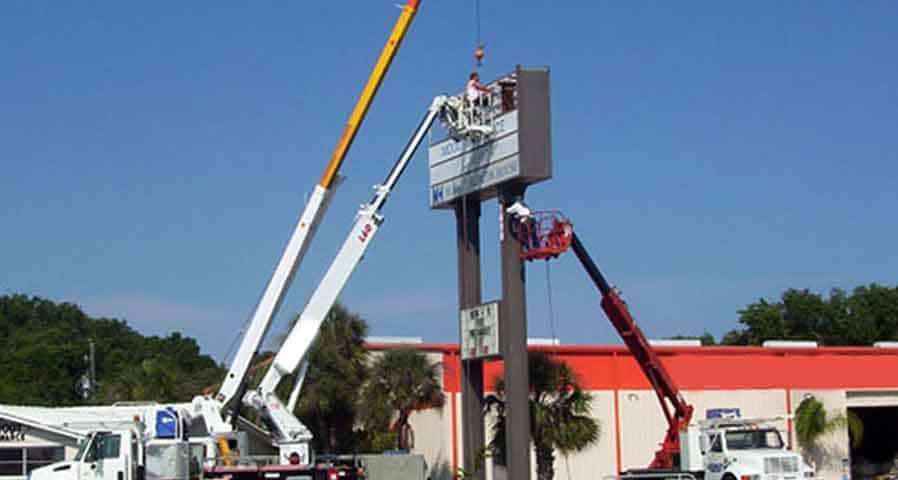

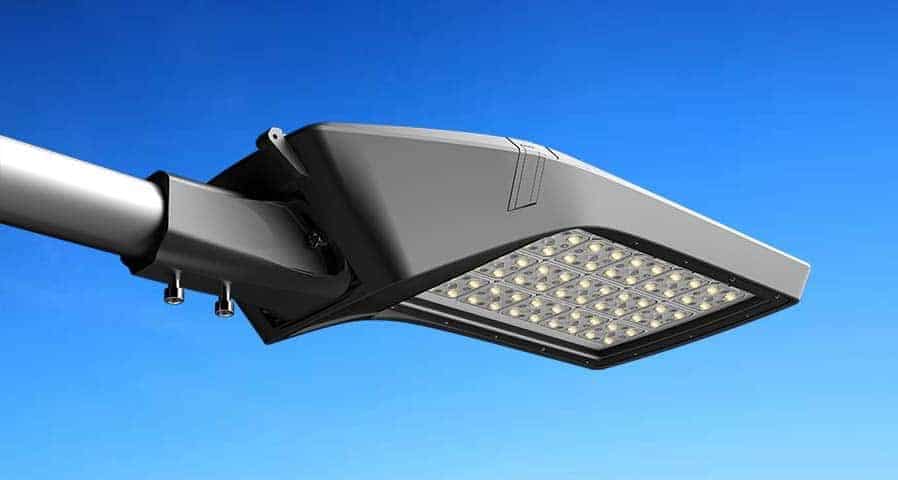
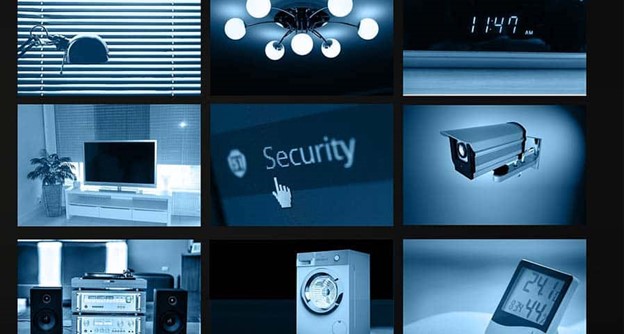
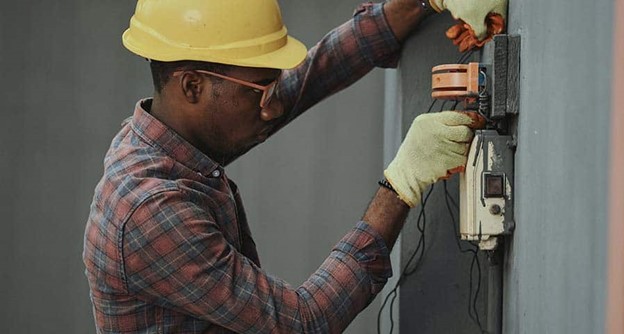
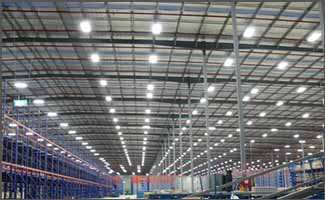
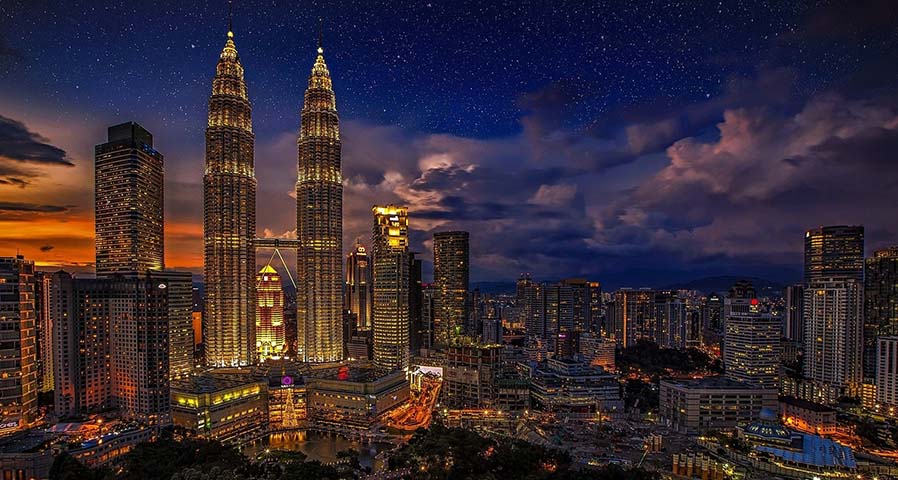








0 Comments